The yoga studio isn't the only place where you'll hear the words "balancing" and "alignment." You'll also hear these words mentioned when you take your car in for service.
But what do balancing and alignment mean off the yoga mat? Both contribute to a smoother ride, but tire balancing and alignment are different services. A tire balance corrects the weight imbalance on your tire and wheel assemblies, while an alignment corrects the angles of the tires so that they come into contact with the road in just the right way.
If you’re wondering, “What is wheel alignment?” or, “What does tire balancing mean?” it’s time to dive deeper into your car care practice. Learn the difference between the two today.
Tire balancing (also known as wheel balancing) corrects uneven distribution of weight
in the wheels. Imbalanced wheels can lead to vibration, excessive tire wear, damage tothe suspension, and other problems.
During a tire balance service, your tires and wheels are mounted onto a tire balancing machine. The machine spins the tire and wheel assembly to measure the imbalance, so that a technician can precisely install the correct tire weights to achieve a properly balanced wheel and tire assembly. Often, wheel balancing and alignment happen during one service, but they shouldn't be confused for the same thing!
Uneven tire wear and vibration in your steering wheel, floorboard, or seat can signal it's time for tire balancing. You may also want to have your tires balanced during a tire rotation, after a flat tire repair, or as part of your scheduled maintenance.
Interestingly, the part of your car that trembles can indicate whether the front or back wheels need balancing. If it's in the steering wheel, it’s likely your front tires. If it's in the seats, the imbalance is in the back wheels.
Tires can become out of balance because of uneven tire wear or the loss of a wheel weight because a rim hits a curb or pothole.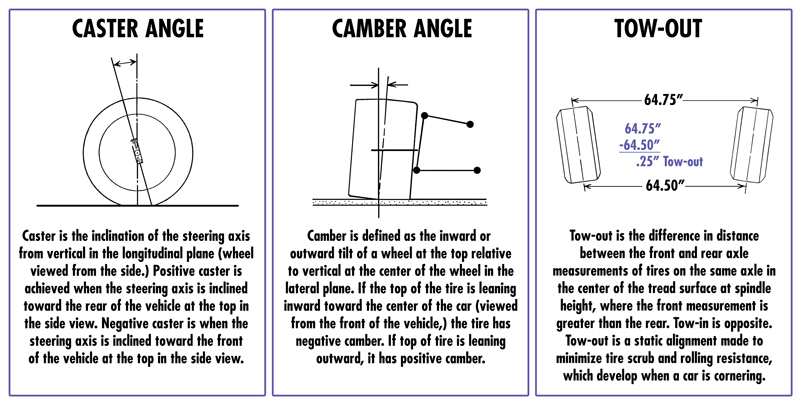 If you leave your car parked for extended periods without moving it, the tires might develop flat spots that cause imbalances.
If you leave your car parked for extended periods without moving it, the tires might develop flat spots that cause imbalances.
Wheel alignment (also known as tire alignment) refers to an adjustment of a car's suspension — the system that connects a vehicle to its wheels. It's not an adjustment of the tires or wheels themselves.
Alignment keeps your car from veering to the right or left. It also can improve the handling of your vehicle and stop unusual on-the-road vibrations.
Your vehicle might need an alignment if you notice any of the following:
Your alignment can get knocked out of whack after being in a car accident, driving over a pothole, or running into a curb.
The most significant benefit of balancing services is that they prevent premature tire tread wear. Technicians agree that getting your tires balanced every 5,000 to 6,000 miles (or as recommended by your manufacturer) can help extend their lifespan and improve their performance.
Wheel alignment benefits, on the other hand, include improved vehicle handling, fuel efficiency, and tire life. Firestone Complete Auto Care recommends that you have your vehicle's alignment checked every 6,000 miles or twice a year. Left untreated, alignment issues can shorten a tire's life by thousands of miles, and they can damage critical steering and suspension components.
| Tire Balance vs. Alignment Quicklook | |||
|---|---|---|---|
| Service | Definition | Signs It's Time | Benefits |
| Tire Balance | A tire balance corrects the weight imbalance on your tire and wheel assemblies. | Uneven tire wear and vibration in your steering wheel, floorboard, or seat. | Proper balancing can lead to a smoother ride, less tire wear, and reduced strain on the drivetrain. |
| Wheel Alignment | An alignment corrects the angles of the tires so that they come into contact with the road in just the right way. | Vehicle pulls to one side, rapid tire wear, squealing tires, or crooked steering wheel when driving straight. | Proper alignment ensures a smoother ride for you and a longer life for your tires. |
Are you noticing symptoms of balancing and alignment issues in your car? Don't let them disrupt your flow. Schedule an appointment at your nearest Firestone Complete Auto Care for a zen-like ride that’s both relaxing and reliable.
If you’re wondering, “do I need a wheel alignment,” the answer is likely yes. Alignments help to keep your wheels pointed in the right direction, and when misaligned, you may experience a few uncomfortable and potentially dangerous symptoms.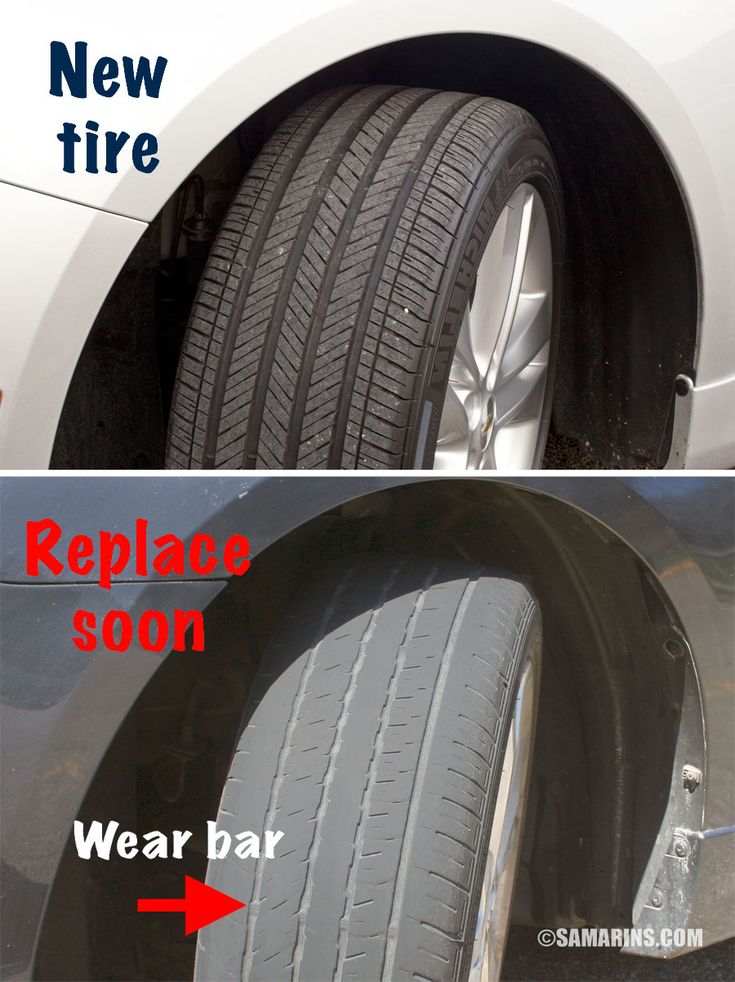 From reduced fuel economy, premature tire wear, and difficulty steering, wheel alignments are an important part of vehicle maintenance.
From reduced fuel economy, premature tire wear, and difficulty steering, wheel alignments are an important part of vehicle maintenance.
Despite the name, a wheel alignment (also known as tire alignment) isn’t an adjustment of the wheel and tire themselves. In fact, they're performed by adjusting your car’s steering and suspension, which connects your vehicle to its wheels. Proper alignment is achieved by adjusting the angles of your tires, which impacts how they make contact with the road. Every vehicle’s optimal alignment angles are dependent upon the make, model, and manufacturer's recommendations.
Wheel alignment is necessary for the best possible driving experience. When your car rolled off the manufacturer assembly line, it came preset with specific tire angles and positioning. And for good reason too! In order for your vehicle to travel the way it’s supposed to, your wheels need to be precisely aligned to OEM specifications. Misalignment can lead to uneven tire wear, poor handling, and shorter tire life. In short, tires can be expensive. But fortunately, keeping them properly aligned could make them last longer.
Misalignment can lead to uneven tire wear, poor handling, and shorter tire life. In short, tires can be expensive. But fortunately, keeping them properly aligned could make them last longer.
Typically, how often you need a wheel alignment depends upon your typical road conditions and how you drive your vehicle. But it's important to note that bad roads can often be the cause of alignment issues. If you frequently ride over potholes, drive down poorly maintained roads, or even hit a curb, your alignment can be affected.
The general recommendation is to have your alignment checked at the first signs of misalignment or around every 6,000 miles. Your tires and your wallet will thank you.
A tire alignment ensures optimal drivability. From helping your tires last longer and keeping your vehicle drive smoother to ensuring your wheels are pointed in the right direction, regular wheel alignments provide many great benefits. Alignment issues can also cause your car to guzzle gas more quickly, so an alignment can potentially lead to a more efficient ride as well.
Alignment issues can also cause your car to guzzle gas more quickly, so an alignment can potentially lead to a more efficient ride as well.
Poor alignment is a common cause of uneven tire wear. Ideally, you should see even wear across your tires’ treads if you are keeping up with rotations. If you’re noticing excessive wear, you may need an alignment adjustment or have too much junk in your trunk.
Poor alignment can shorten your tires’ lifespan by thousands of miles and compromise crucial steering and suspension components — resulting in a big hit to your wallet. Enjoy better fuel economy and longer-lasting tires by having your alignment checked, at the very least, with every other oil change or at the first sign of uneven or premature tire wear.
There are some noticeable signs that could indicate a misalignment. Just use your eyes, ears, and hands. Your senses (and even the good old personal hunch) are great for spotting alignment issues.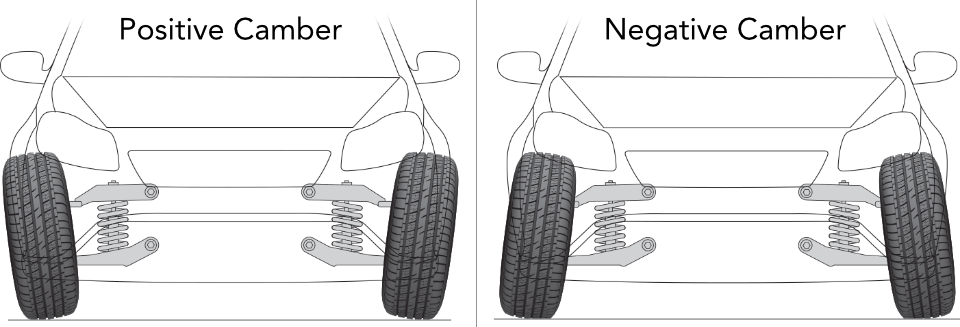 Here are some common signs that you are dealing with poor alignment:
Here are some common signs that you are dealing with poor alignment:
Are you noticing symptoms of alignment issues? Schedule an alignment check at Firestone Complete Auto Care to get your ride pointing in the right direction.
While it’s best to leave wheel alignments to the professionals, there are steps you can take to help prevent misalignment. Here are some tips:
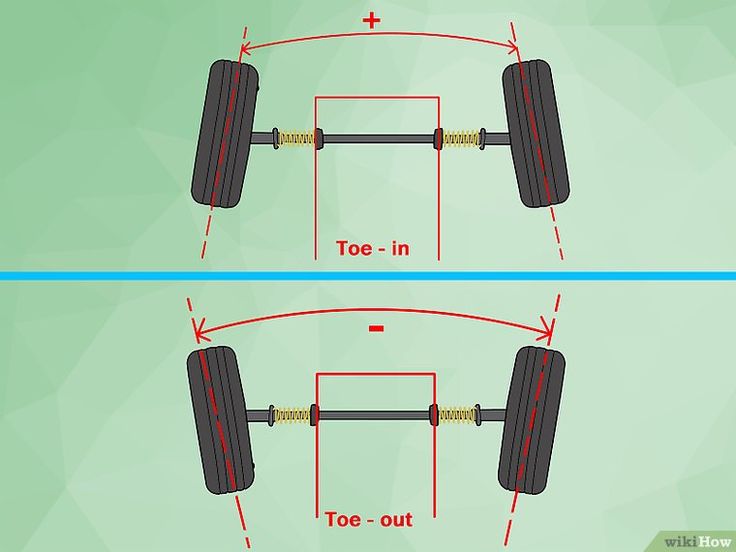
Tire misalignment can be so subtle, you may not even realize it. If you are unsure about your current alignment, call on your local Firestone Complete Auto Care. Luckily, we have the precision equipment and expertise to check your alignment and fix it if needed.
Contents
The process of checking the camber is simple and fast with a laser measuring device, which, by attaching it to the wheels, checks the parallelism of the rear wheel with the front one.
Check the distance between each thread and the outer edge of the front wheel, using a tape measure for more accuracy if necessary. The wheels are aligned correctly if the distance is the same on both sides.
How do you know if your car needs centering and balancing?

SYMPTOMS TO DETECT BALANCE FAULTS
Difficulty turning in a certain direction. The wear is located in different parts of the tire. If the vehicle leans more to one side while driving. Rudder instability when driving in a straight line.
This is due to wear on the steering bearing rings. If this is very annoying and the headset tends to stay in that spot, you will have to take it apart and replace the bearings. If you only see that the steering wheel is loose, then it’s easier, you just need to tighten its upper mount.
Alignment, sometimes called alignment, involves adjusting wheel alignment to your vehicle manufacturer's instructions.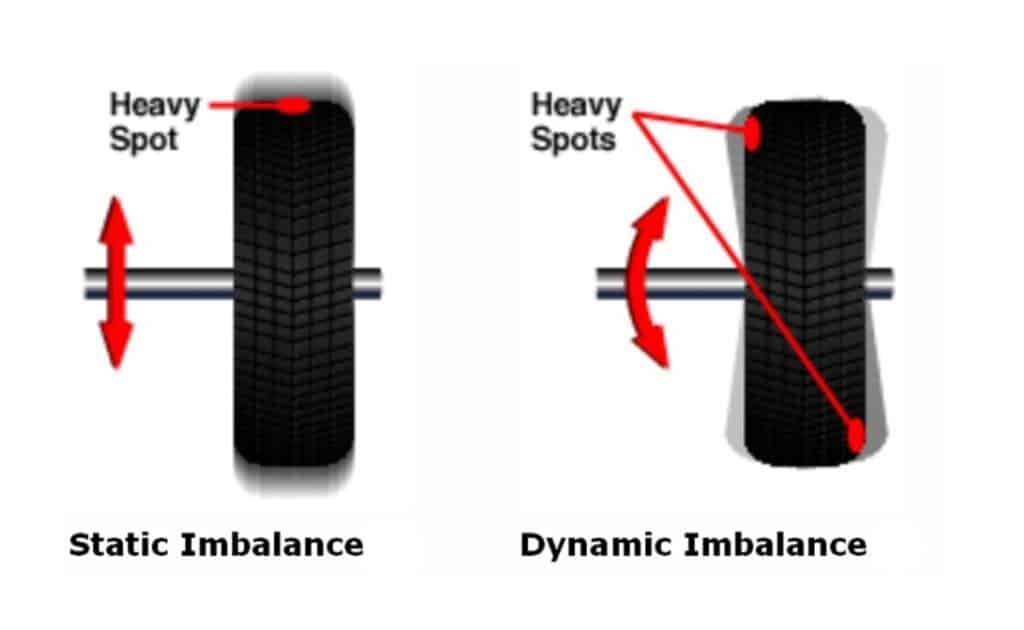 On the other hand, spinning the wheels allows the wheels to spin without causing unnecessary vibration.
On the other hand, spinning the wheels allows the wheels to spin without causing unnecessary vibration.
Tires must be free of any malformations. The tire must have a groove depth of at least 1.6 mm as required by law. To check this, the tires must have wear indicators. Tires must also have the inflation pressure specified by the manufacturer.
Chassis misadjusted
If acceleration vibrations occur after you have made any changes to your bike, it is likely that the main cause of your bike's vibration when accelerating is that your vehicle's chassis is not properly adjusted.
SYMPTOMS FOR BALANCE FINDING
Difficulty turning in a certain direction. The wear is located in different parts of the tire. If the vehicle leans more to one side while driving. Rudder instability when driving in a straight line.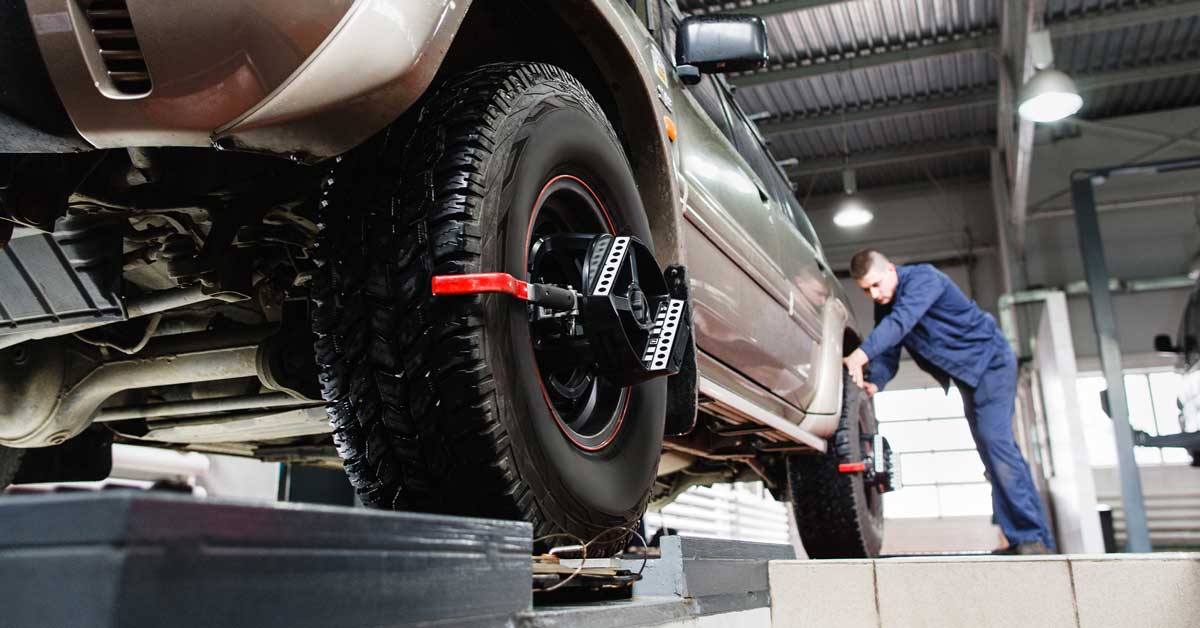
Depending on how the vehicle is used, it is recommended to perform an alignment and balancing service every 10,000 km or at least once a year or when hit by potholes.
Check the fork legs
After cleaning the bike, remove the front wheel, remove the triple clamp bars if desired, and visually inspect the fork bars, then run your hand over them for damage or scratches.
When wheels are not balanced, they can cause unpleasant vibrations while driving. They also lead to premature wear of suspension and steering components, rotating parts and tires.
Impact or twisting of the rim in the steering generates vibrations that may be very slight and not noticeable, but they exist and cause permanent damage to the terminals and ball joints. Even if the impact on the ridge is very strong, the tire will probably no longer be compacted and it is impossible to pump it up.
Even if the impact on the ridge is very strong, the tire will probably no longer be compacted and it is impossible to pump it up.
As a precaution, all tires should be replaced after ten years, even if they are in good condition and the tread wear indicator has not been reached.
poorly adjusted carburetor
One of the main reasons a motorcycle loses power is that it is poorly carbureted, which means that the engine does not receive the necessary force. In 80% of cases, this is the reason, although there may be others that we will see below.
This is usually because the fork and/or shock has very little rebound (damping), so they work in the hardest part of the travel, i. e. from the third part down, so when getting one hole after another, they never there is no full tour.
e. from the third part down, so when getting one hole after another, they never there is no full tour.
Address Alignment Actions
To perform roll compensation, you must raise the vehicle at the rear until the wheels are free. If this compensation is correct, the computer program will display the values in the correct range (green).
Alignment and balancing cost about MXN 870. The price usually varies depending on whether only the leveling service is performed or only the balancing service, it is usually lower.
Proper front camber causes the vehicle to straighten out while driving. This is especially noticeable when driving fast in a straight line. The vehicle then maintains a straight line even after releasing the steering wheel.
The vehicle then maintains a straight line even after releasing the steering wheel.
As a precaution, all tires should be replaced after ten years, even if they are in good condition and the tread wear indicator has not been reached.
For a scooter, the standard combination could be 2.0 or 2.2 front and 2.4 rear (2.8 if you have a passenger). But we insist that a suitable pressure is always recommended by the manufacturer.
Minimum depth of cut
2 mm or wear marks specified by the manufacturers in the area of greatest wear. 1.6 mm or wear marks specified by the manufacturer in the area of greatest wear. 2 mm or wear marks specified by the manufacturers in the area of greatest wear.
In this sense, it is important to know that the new motorcycle will not develop its maximum speed in the first kilometers precisely because of the lack of shrinkage. And it should be emphasized that if this process is not followed, the life of the engine will be shortened, forcing you to change parts due to premature wear.
In short, when accelerating, a modern engine controls itself and does not risk giving full throttle and holding it. But when decelerating, you can go beyond the maximum speed if you turn on the wrong gear and you can get damaged due to the above malfunctions or twisting the crankshaft, which will try to "twist".
The most likely cause of this abnormal behavior is that the clutch cable is too tight. You have adjustment points on both the lever and the motor cam, so you have to tighten it up to the point where the clutch lever moves half a centimeter before you act.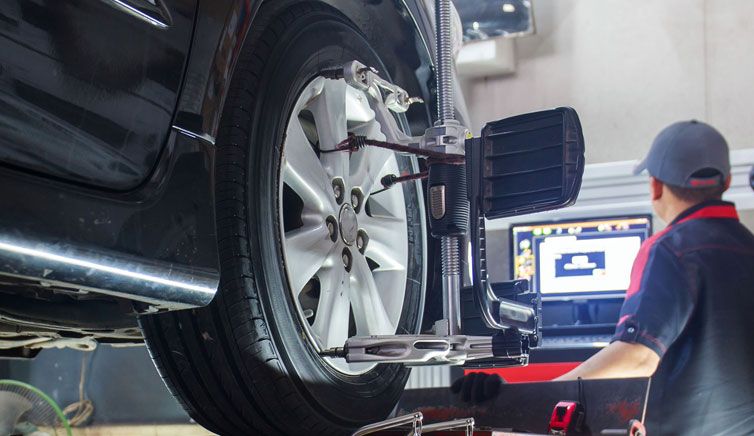
The rudders, cradles or bearings inside consist of granules or baskets that allow a rotary motion to steer the motorcycle's handlebars to the right or left while in motion.
Wheel alignment problems are most often caused by worn suspension and steering components. They can also be the result of hitting a pothole or corner, or shifting hard due to too low or too high a suspension.
The main suspension angles to be measured and adjusted are: caster angle, camber angle, toe and traction angle.
Why are the wheels uneven? The fact that the wheels are not properly aligned is due to the deviation of the axle on which they are located. This can be affected by the passage of time, damage to the chassis, failure to repair or damage to the bodywork.
Tire imbalance and condition
The most common cause of steering wheel vibration is tires that are either unbalanced or unevenly worn.
For all these reasons, the air filter must be changed every 15.000 km or once a year, whichever comes first. However, due to environmental and weather conditions, it may be necessary to replace it prematurely.
Tire balancing is recommended twice a year. It's not a definite science though, as every vehicle is different. Therefore, we recommend that you consult the manufacturer's manual to find out the estimated time for this.
You can use SAE W10 or 80W or 90W transmission or 20W 40 shock absorbing oil inside the handlebar, but ideally follow the instructions in the owner's manual.
Do you know which wheels the parking brake stops? Well, unlike pedal braking, which immobilizes all four wheels, the parking brake only stops the rear axle.
To make it easy for us to understand, on the sidewalls of the tire there are inscriptions inside and outside, where inside is the part that must face the inside during assembly, and outside means that this side goes out.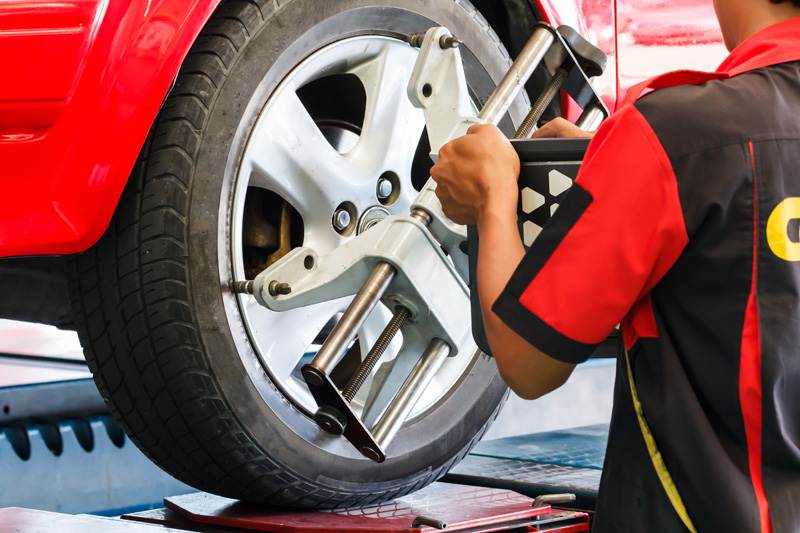
Wheel alignment, or wheel alignment as it is sometimes called, involves adjusting wheel alignment based on values set by the vehicle manufacturer. On the other hand, spinning the wheels allows them to spin without causing unnecessary vibration.
In most cases, this blockage is mainly due to you being too aggressive and downshifting too early. For example, you turn on the fifth gear and immediately go to the second because the red light came on.
It is precisely to avoid this that steering dampers are installed on motorcycles, the main task of which is to absorb and stop these vibrations, especially those that occur in competitions and on very powerful motorcycles that tend to lighten their front end due to high power, acceleration force, low weight. and great ...
In general, a general answer is given and it is said that tires last from 45. 000 to 60.000 km, but there are several factors that can increase the life of a tire or simply reduce it.
000 to 60.000 km, but there are several factors that can increase the life of a tire or simply reduce it.
Good durability, over 10.000 km and they still work well, this may also be due to the low weight of the bike.
However, on our motorcycles it should not be necessary to change tires BY ORDER for 13,000 km, they usually last at least 20,000, always according to the drawing.
Most common cause: lean or rich mixture of gasoline.
Gallardo explains that usually when a motorcycle stalls at full throttle, it is due to the wrong mixture of gasoline and air, which causes an explosion inside the engine's combustion chamber.
These include replacing the direct intake kit, adding special additives, using high performance spark plugs, replacing exhaust pipes and using electronic engine control units.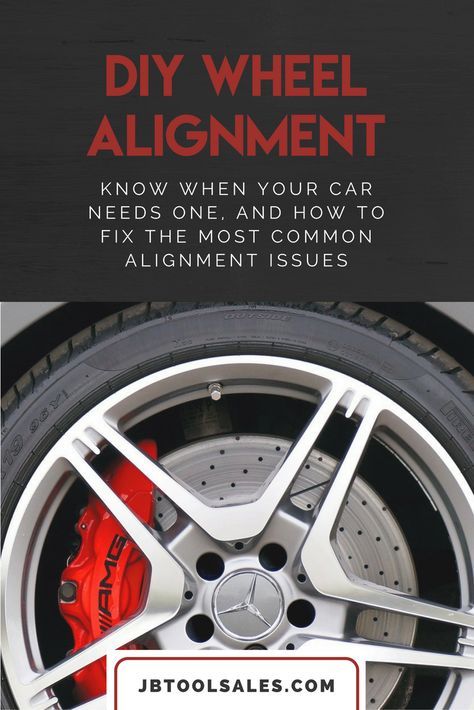 With a direct intake kit, your motorcycle can increase power from 3 to 5 hp.
With a direct intake kit, your motorcycle can increase power from 3 to 5 hp.
If you're looking for a higher top speed on a motorcycle, "you only need to increase the number of teeth on the output gear, one, two or three", as Cassarella experts recommend.
Most common motorcycle repairs include repairing flat tires, replacing brake pads, replacing or tightening belts or chains, and troubleshooting fuel system problems. However, it is the rims that wear out much faster compared to other components.
Chassis misadjusted
If acceleration vibrations occur after you have made any changes to your bike, it is likely that the main cause of your bike's vibration when accelerating is that your vehicle's chassis is not properly adjusted.
This sound is caused by the unstable combustion of fuel inside the combustion chamber.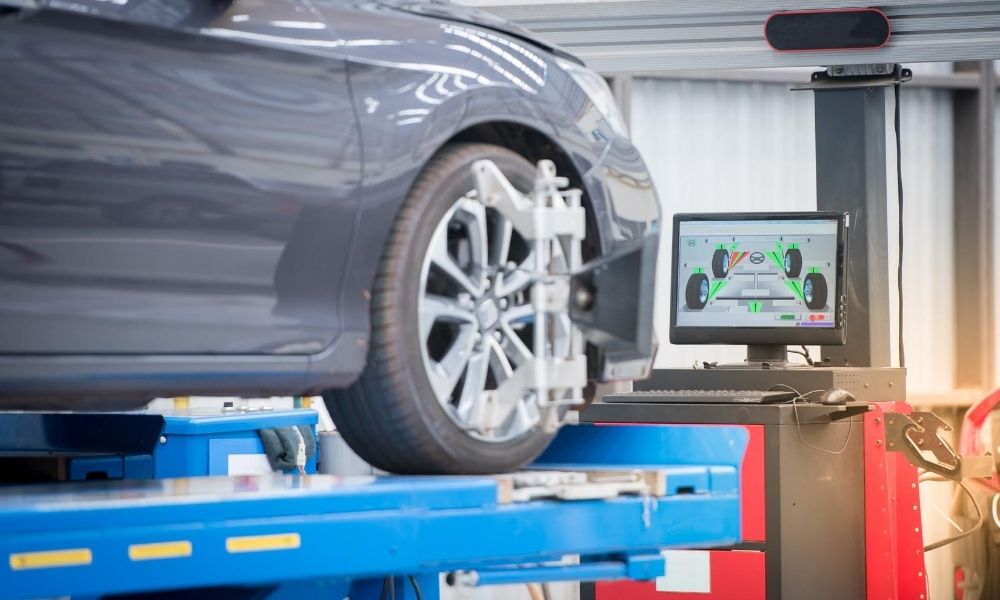 When the engine has the perfect mixture of fuel and air, the explosion will occur in controlled, controlled bursts, rather than all at once.
When the engine has the perfect mixture of fuel and air, the explosion will occur in controlled, controlled bursts, rather than all at once.
Wheel alignment problems are most often caused by worn suspension and steering components. They can also be the result of hitting a pothole or corner, or shifting hard due to too low or too high a suspension.
Your motorcycle owner's manual will tell you when to check your motorcycle's oil level, what type of oil to use, and how often to change it. As a general rule, motorcycle oil should be changed every 6,000 miles or so, regardless of driving style.
When wheels are not balanced, they can cause unpleasant vibrations while driving. They also lead to premature wear of suspension and steering components, rotating parts and tires.
Alignment and balancing cost about MXN 870.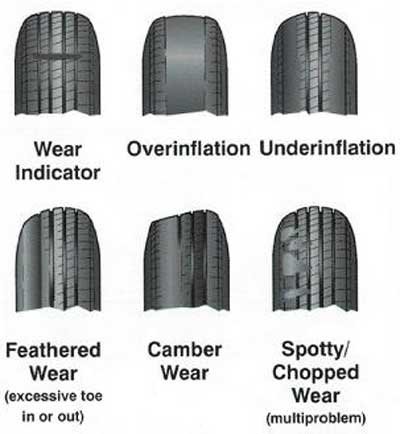 The price usually varies depending on whether only the leveling service is performed or only the balancing service, it is usually lower.
The price usually varies depending on whether only the leveling service is performed or only the balancing service, it is usually lower.
content
The most common cause is usually poor tire condition or insufficient tire pressure. Remember to check the pressure on cold tires. If the tire is clearly out of balance, take the bike to a repair shop immediately.
This is due to wear on the steering bearing rings. If this is very annoying and the headset tends to stay in that spot, you will have to take it apart and replace the bearings. If you only see that the steering wheel is loose, then it’s easier, you just need to tighten its upper mount.
The rear brake is designed to stabilize the bike.
Sharing is therefore absolutely essential for greater safety on two wheels. Attention: remember that the rear brake of a motorcycle is not on the handlebars, like the front: it is a pedal, always located on the right side.
Attention: remember that the rear brake of a motorcycle is not on the handlebars, like the front: it is a pedal, always located on the right side.
SYMPTOMS TO DETECT BALANCE FAULTS
Difficulty turning in a certain direction. The wear is located in different parts of the tire. If the vehicle leans more to one side while driving. Rudder instability when driving in a straight line.
Motorcycle wheels must be balanced in the same way as car wheels. This is a simple operation that you can do at home with the help of a special tool if you wish, and it will prevent vibrations, especially when we shoot at high speed. You can also entrust this work to a specialized workshop.
Bad motorcycle bearings
Other reasons why the motorcycle vibrates a lot when accelerating may be poor bearing condition. In this case, because the friction of the parts has not been reduced, these annoying movements occur in the vehicle.
In this case, because the friction of the parts has not been reduced, these annoying movements occur in the vehicle.
How do you know if your car needs centering and balancing?
poorly adjusted carburetor
One of the main reasons a motorcycle loses power is that it is poorly carbureted, which means that the engine does not receive the necessary force. In 80% of cases, this is the reason, although there may be others that we will see below.
Check the fork legs
After cleaning the bike, remove the front wheel, remove the triple clamp bars if desired, and visually inspect the fork bars, then run your hand over them for damage or scratches.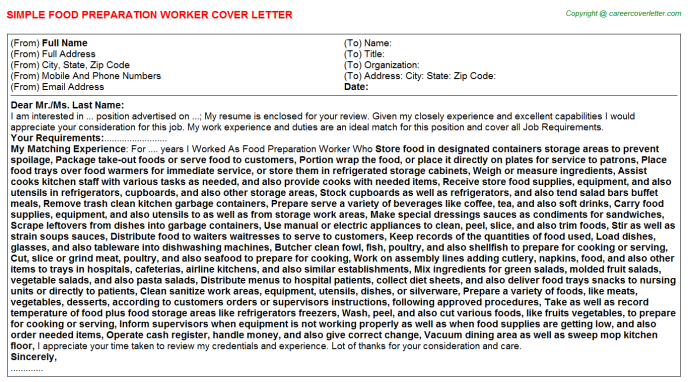
This is usually because the fork and/or shock has very little rebound (damping), so they work in the hardest part of the travel, i.e. from the third part down, so when getting one hole after another, they never there is no full tour.
- Play with both brakes instead of just focusing on the front, for example, to turn corners, giving the bike more stability. – Practice sharp turns to adjust to possible unforeseen events that may occur.
When wheels are not balanced, they can cause unpleasant vibrations while driving. They also lead to premature wear of suspension and steering components, rotating parts and tires.
It is precisely to avoid this that steering dampers are installed on motorcycles, the main task of which is to absorb and stop these vibrations, especially those that occur in competitions and on very powerful motorcycles that tend to lighten their front end due to high power, acceleration force, low weight. and great…
and great…
Balancing, on the other hand, is a procedure in which the weight of the tire and its rim are adjusted to maintain the correct balance between them. In a nutshell, it is a service in which the weight is evenly distributed between the tires and wheels.
Be aware that tires can lose air due to differential pressure, this effect is called the permeation process and affects all tires, regardless of type or application, since the joints that make up the tire are not completely sealed, and their porosity allows ...
The most likely cause of this abnormal behavior is that the clutch cable is too tight. You have adjustment points on both the lever and the motor cam, so you have to tighten it up to the point where the clutch lever moves half a centimeter before you act.
Follow the instructions below to enable or disable vibration on Android 7 smartphones.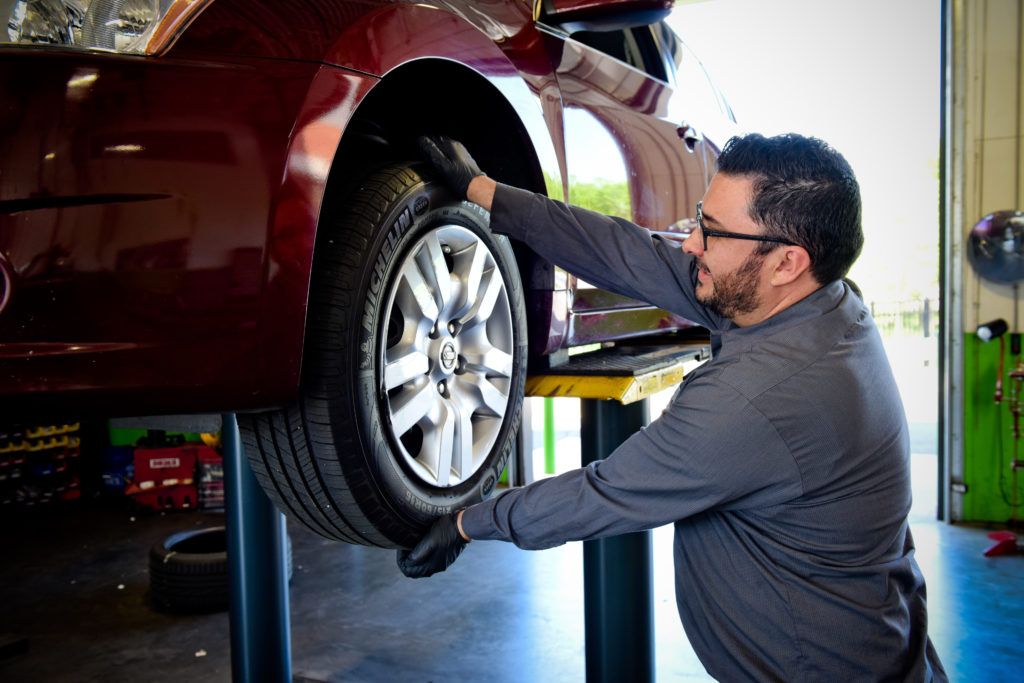
Login to:
Alignment, sometimes called alignment, involves adjusting the angles of your tires to match the specifications specified by your vehicle manufacturer. After balancing the car, a wheel alignment is carried out.
The most obvious signs that your car needs balancing and balancing is when you are driving in a straight line at a certain speed and you feel the car pull to the side, or when you notice a strange vibration not only in the steering wheel, but also in the steering wheel, on the dashboard or even on the seats.
Most common cause: lean or rich mixture of gasoline.
Gallardo explains that usually when a motorcycle stalls at full throttle, it is due to the wrong mixture of gasoline and air, which causes an explosion inside the engine's combustion chamber.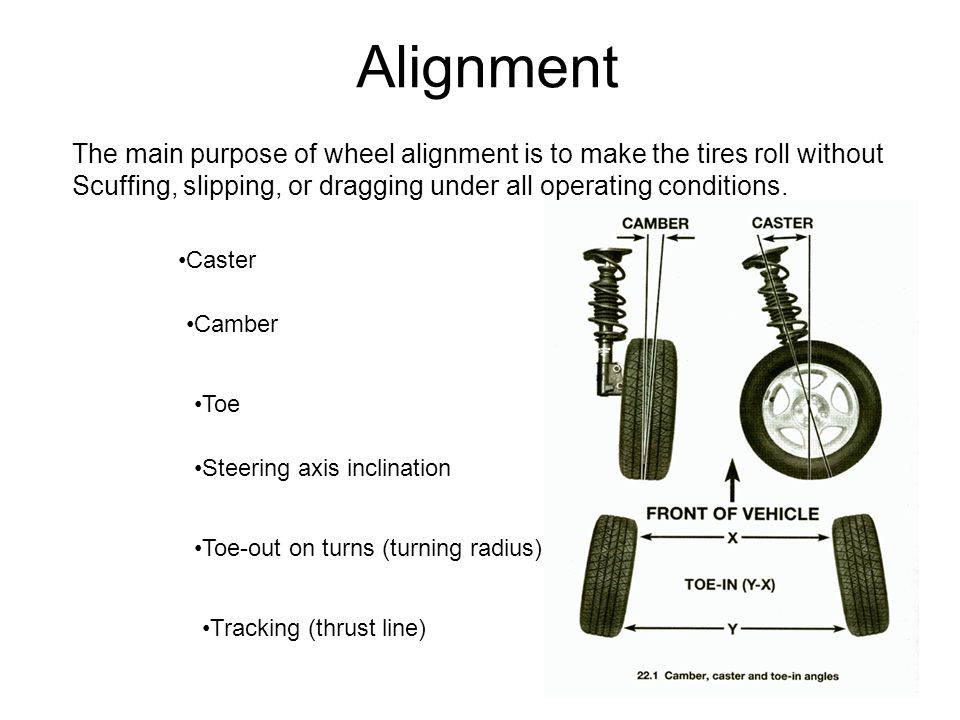
What is the position of the choke lever on the motorcycle to move forward? This is the position of the choke lever in the off position; i.e. when passing through the open air. This position allows you to move forward optimally, with greater fuel efficiency.
This will normally be about two full turns from the closed position. Once the bottom screw is in place, we start the engine and adjust the spool valve height until the idle is stable.
Dents and scratches can be purely aesthetic damage if they only affect the handlebar paint, but if they affect the material, they can cause oil to be lost when compressed through the seals where the scratch originated due to the edges of the material.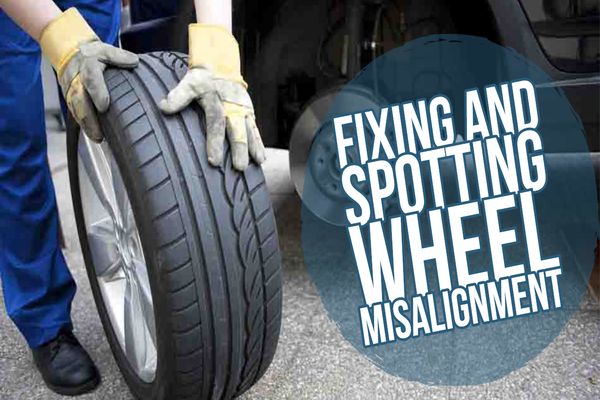
Drivers can find in many recommendations to change shock absorbers after 60.000, 80.000, 150.000 XNUMX, XNUMX XNUMX km ... but not the fact that this must be done in all cases.
You can use SAE W10 or 80W or 90W transmission or 20W 40 shock absorbing oil inside the handlebar, but ideally follow the instructions in the owner's manual.
Most common motorcycle repairs include repairing flat tires, replacing brake pads, replacing or tightening belts or chains, and troubleshooting fuel system problems. However, it is the rims that wear out much faster compared to other components.
First, the parts with the greatest mobility, such as wheel bearings, pinion and crown. Lubricating the throttle and clutch cables is also important, as it ensures smoother operation.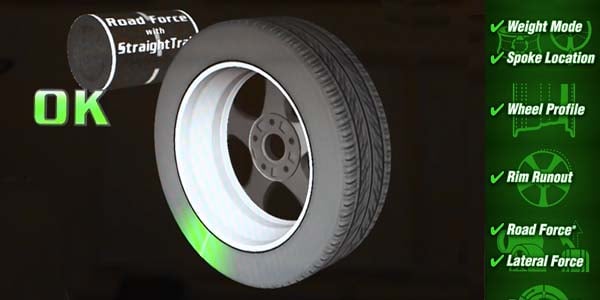
Premature engine wear. Noises caused by lack of engine lubrication: metallic noises, tappets and other metal parts. Broken connecting rod bushings that need oil to reduce friction as much as possible. Also, and this is a little more serious, cam sparking can occur.
Adjustable Monoshock
This is a monoshock that adjusts its performance where the suspension can be softened or stiffened.
Preload is the difference between the free length of the spring and the length when it is installed in the damper. Preload is usually adjusted at the top of the fork legs and at the top or bottom of the rear shock.
The main risks we take when driving with defective shock absorbers: Increased stopping distance. Increased risk of hydroplaning. Less grip in corners.
Another of the most common doubts that you may have when you start riding a speed bike is the question of what mileage to change.
Recommended speeds for motorcycle replacement.
| 1st to 2nd | 15 km/h |
|---|---|
| 3rd to 4th | 35 km/h |
| 4th to 5th | 45 km/h |
| 5th to 6th | 54 km/h |
Tips for first-time motorcycle riders.
Equipment
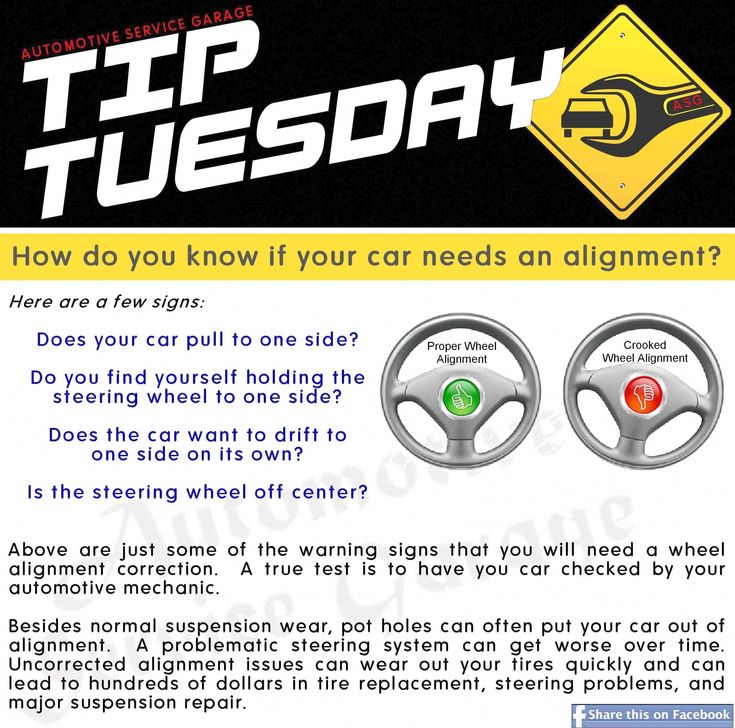
In addition to controlling your sitting position, you can also make your bike more stable at low speeds. This is done due to the fact that the bike "pulls". In other words, using the throttle and clutch to propel the bike forward while simultaneously braking (stopping) the bike with the foot brake.
Hold the clutch in to slow down. The clutch is a lever on the left handlebar of a motorcycle. When you slow down, depress the clutch to slow down the engine. This procedure helps to further reduce the speed and allows you to switch to lower gears.
It depends on the assimilation of each of them. The minimum for training is five days, the maximum is two weeks,” said Fernando Innsfran, one of the instructors of the country’s only motorcycling school from Chacomer and the municipality of Asuncion.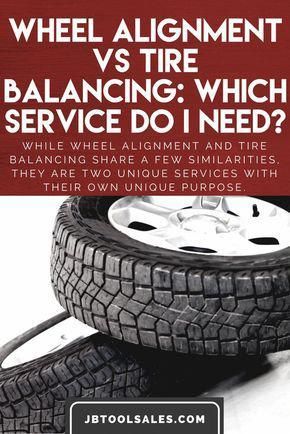
Lazy Motorbike experts advise when leaning into a tight turn, you can try to maneuver with your foot on the footrests rather than sitting in the saddle. The goal is to stay upright with your hands on the handlebars and move the bike away from your body more naturally.
How to take a turn on a motorcycle
What is an oncoming steering wheel? This is a method of moving the handlebars in a way that allows you to lean the bike to follow every curve very easily, those who already ride a motorcycle use it by nature to get around the curve, however it is important to know and use it.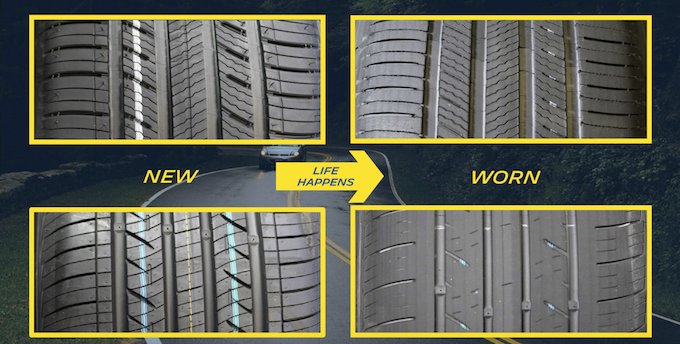 driving consciously.
driving consciously.
How do you know if your car needs centering and balancing?
SYMPTOMS TO DETECT BALANCE FAULTS
Difficulty turning in a certain direction. The wear is located in different parts of the tire. If the vehicle leans more to one side while driving. Rudder instability when driving in a straight line.
Although alignment and balancing are related to vehicle tires, they are two separate processes. However, people tend to confuse them. The difference between leveling and balancing lies in the slope of the tires, as well as their correct positioning so that they roll without difficulty.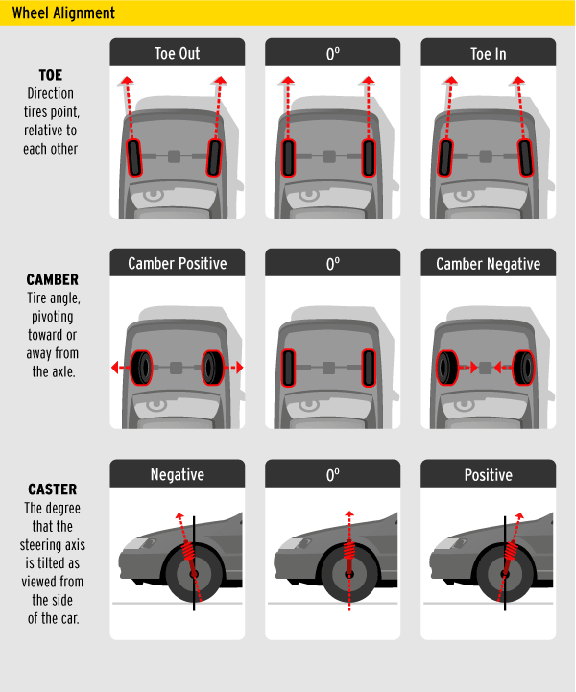
5 signs that something is wrong with your engine
From what you're asking, I don't know how you could check if the chassis is bent. You can see for yourself if there are any creases or nicks... Another option is to take it to a specialized chassis repair shop, where they will check the dimensions, measurements, etc...
Your motorcycle owner's manual will tell you when to check your motorcycle's oil level, what type of oil to use, and how often to change it. As a general rule, motorcycle oil should be changed every 6,000 miles or so, regardless of driving style.